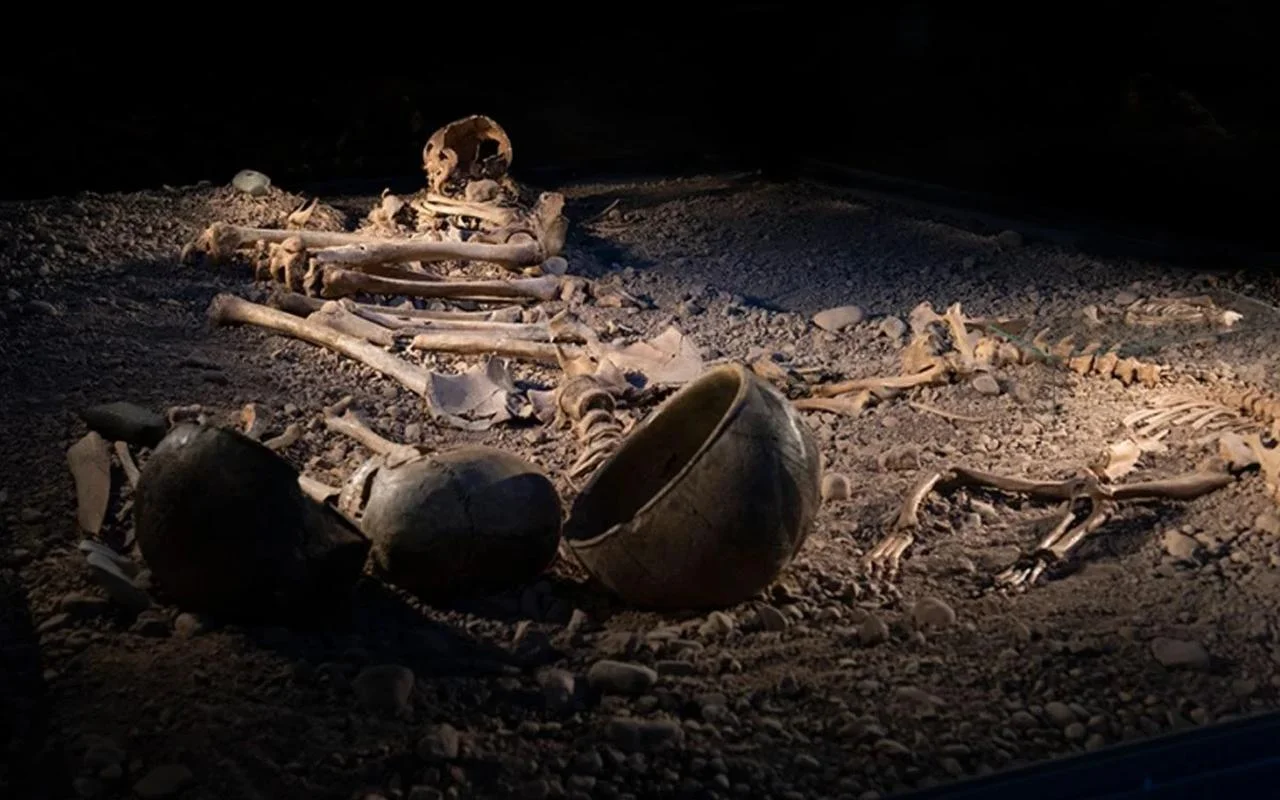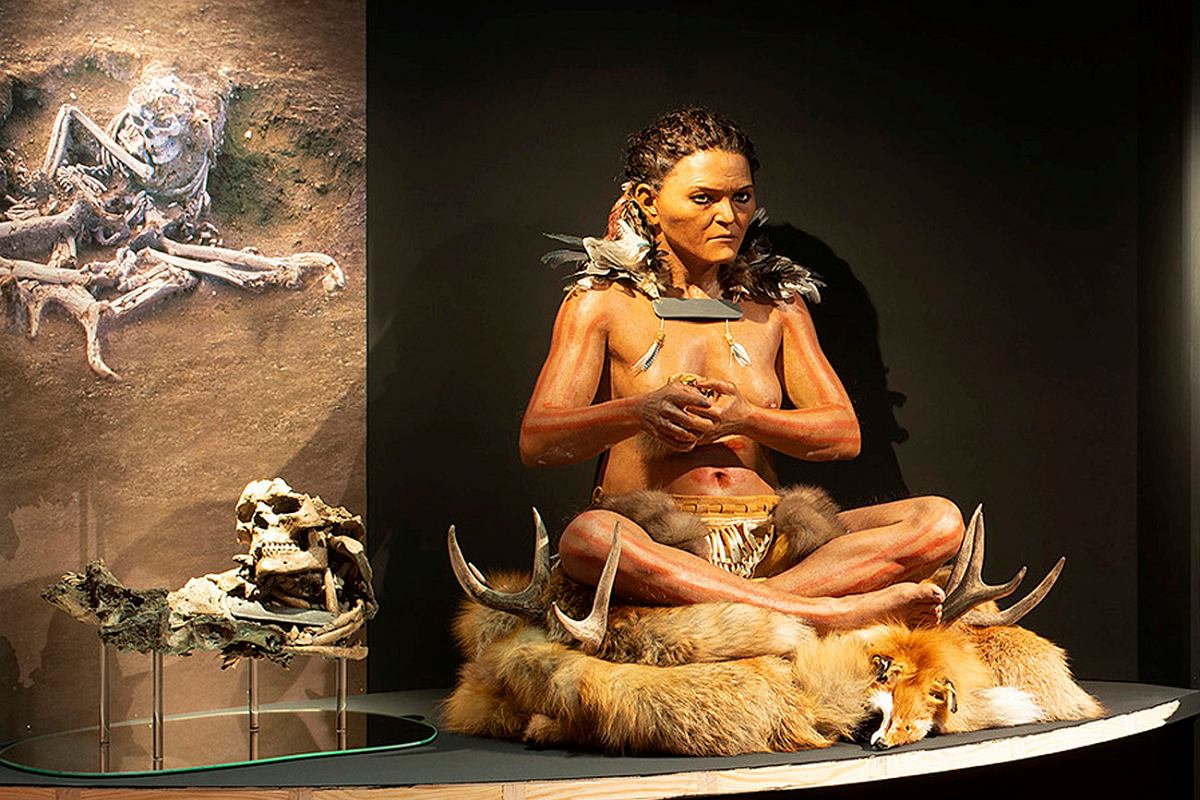A thorough investigation conducted by researchers from Stockholm University and the Swedish Museum of Natural History sheds light on the considerable health issues encountered by Stone Age communities in Scandinavia. Featured in the journal Scientific Reports, the study explores the microbial environment of that time, uncovering the widespread occurrence of deadly bacterial infections transmitted through various channels, including food, water, and surprisingly, close contact such as kissing.
The research, spearheaded by Helena Malmström from the Human Evolution Program at Uppsala University, examined 38 individuals from diverse archaeological sites across Norway and Sweden, dating back approximately 9,500 to 4,500 years. These individuals represented both hunter-gatherer and agricultural societies.

By analyzing microbial DNA extracted from dental samples, the scientists identified a total of 660 microbial species. Among these, several were determined to have disease-causing potential, posing serious risks to ancient populations, particularly in the absence of contemporary medical treatments. Noteworthy pathogens included Neisseria meningitidis, which causes meningococcal disease, and Yersinia pestis, the bacterium responsible for the plague. These discoveries offer early indications of these lethal infections in historical populations.

The transition from hunter-gatherer lifestyles to farming marked a pivotal change in microbial exposure and disease patterns. As societies settled and began to interact closely with livestock and one another, the risk of infection from foodborne pathogens like Salmonella enterica increased significantly. The study noted instances where individuals from agricultural communities contracted Salmonella enterica, which could have led to fatal results.
Helena Malmström emphasized that the shift from a nomadic existence to communal living during the Neolithic period was crucial in influencing disease dynamics. The findings highlight the intricate relationship between human behavior, environmental conditions, and microbial ecology in affecting health outcomes during the Stone Age.

Anders Götherström, who led the research project, remarked that while pathogens such as Yersinia pestis are often highlighted due to their historical importance, it was foodborne infections that presented the most immediate danger to ancient communities. This study underscores the difficulties that ancient Scandinavian societies faced in addressing bacterial infections without access to modern medical advancements.

